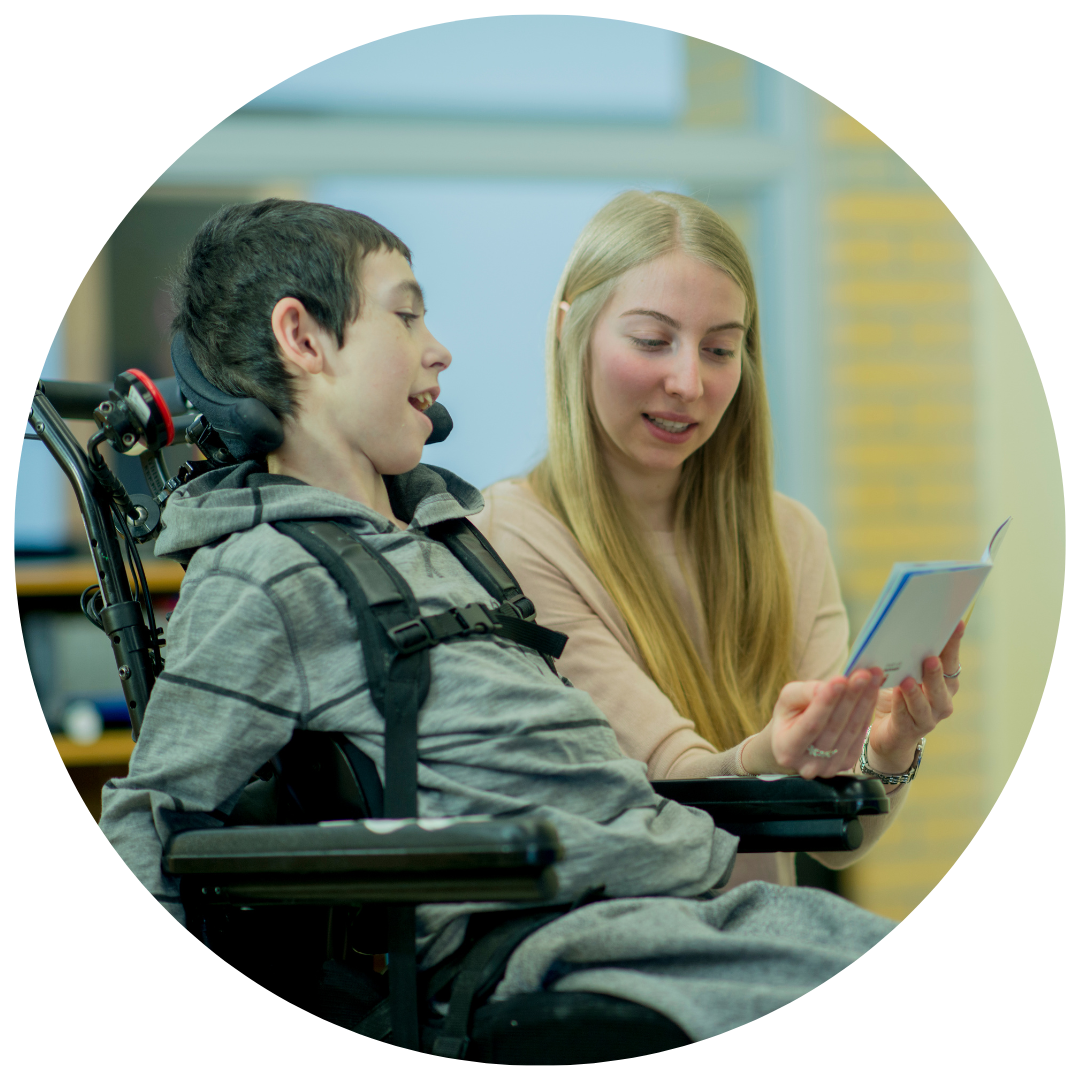Case Study: Adapting Teaching For SEND Pupils
_1000.png)
Case Study: Adapting Teaching For SEND Pupils
Part of Module 3 of the ECF focuses on ideas around adaptive teaching. This is the process of that encourages ECTs to focus on their entire class while still responding to individual student needs. This is important as it is an excellent indicator to good teaching whilst also improving pupil outcomes.
Being able to support SEND pupils is a priority for both mainstream and special school teachers. However, mainstream teachers and particularly ECTs do not have the expertise of their peers who work in special schools. This knowledge gap potentially leaves these teachers unequipped and unsure of how best to support children with SEND in their classrooms.
This ECF case study provided by NASEN and explores how a Year 4 teacher working in a mainstream school adapted their teaching for SEND pupils. It shows their thought process including what they adapted and how outcomes for both pupils were measured.
Q. How did you ensure that all pupils had the opportunity to meet expectations?
In my Year 4 class there were two pupils with SEND who were unable to meet the expectations of a Year 4 pupil without adaptations and reasonable adjustments being made. One of the pupils had Down Syndrome and used Makaton to communicate and the other had Cerebral Palsy and visual impairment.
It was important that these two children were able to access the same lessons as their peers to maintain their inclusion in the Year 4 curriculum. This is while making progress in their learning and development and experiencing success to maintain their engagement and self-esteem.
Q. What did you need to know?
It was important to know two things in order to best support the pupils. Firstly, the learning objectives in Year 4 such as where the children were expected to be in numeracy, literacy and science. This included what were they expected to know and what skills were they expected to have developed by the end of the year. The second thing
was where these individual children were at. Exactly what could they do and what did they need to learn next, in order to make progress and be on target to achieve their Year 4 learning objectives? Once I knew these things, I could begin to make adaptations to bridge the gap between the two.

Q. How did you adapt your lessons for pupils with SEND?
- A pot of chubby pencils
- A tray of tracing cards, including his name to support his fine motor skills
- A simple number jigsaw to practice his number/ counting skills
- A card with a simple shape and some scissors for cutting practice
- Phonics sounds displayed with their actions for word-building.
- Half a dozen simple textless and minimal-text reading books with some key words displayed to help with word recognition.
Q. What were the outcomes?
By the end of the year, the first child was able to sit in a maths group to complete simple addition and subtraction with the support of real objects and record his number sentences. He was able to read 12 words from the reading scheme and write 10 letters in response to their sounds. He was beginning to sound out CVC words and write them.
The second child’s behaviour had significantly improved as he was no longer as frustrated. He was writing 5-10 sentences using his phonic skills and was proud to write more than a page of writing in his special exercise book. He was demonstrating his mathematical thinking by being able to set out his numbers correctly.
It was as important for his mum to see what he was achieving as it was him as she had subconsciously been giving him the message of being unable to do things rather than not being able to do them yet; she was now recognising his individual achievements rather than comparing him to other children in the class.

Q. How did you develop this to move the pupils on?
It was vital to keep high expectations of these pupils to keep them progressing in their learning and development. If the class was writing, they would write. If the class was reading, they would read, but at their level to enable them to make progress from where they were. Some of this entailed working one to one with an adult but, increasingly, these children were moved into groups to work with their peers who not only provided good role models but also a sense of success and belonging which is so important.
Through carefully planned intervention groups, the children practiced their skills and were taught what they needed next to make progress. They then used this learning when they returned to the class. These children benefitted greatly from visitors coming to the school and class visits to places outside the school, alongside their peers. Both children took part in a river study at a local country park, both children needed adult support, one for language and communication and one to push them in a wheelchair, but the experience was enjoyed and enhanced the learning for both, alongside their peers.
Looking for more information?
If you would like any more information on our ECF programme, get in contact with us:
Email: enquiries@bestpracticenet.co.uk
Tel: +44 (0) 117 920 9200 (8.30am-5.30pm, Mon-Fri)


